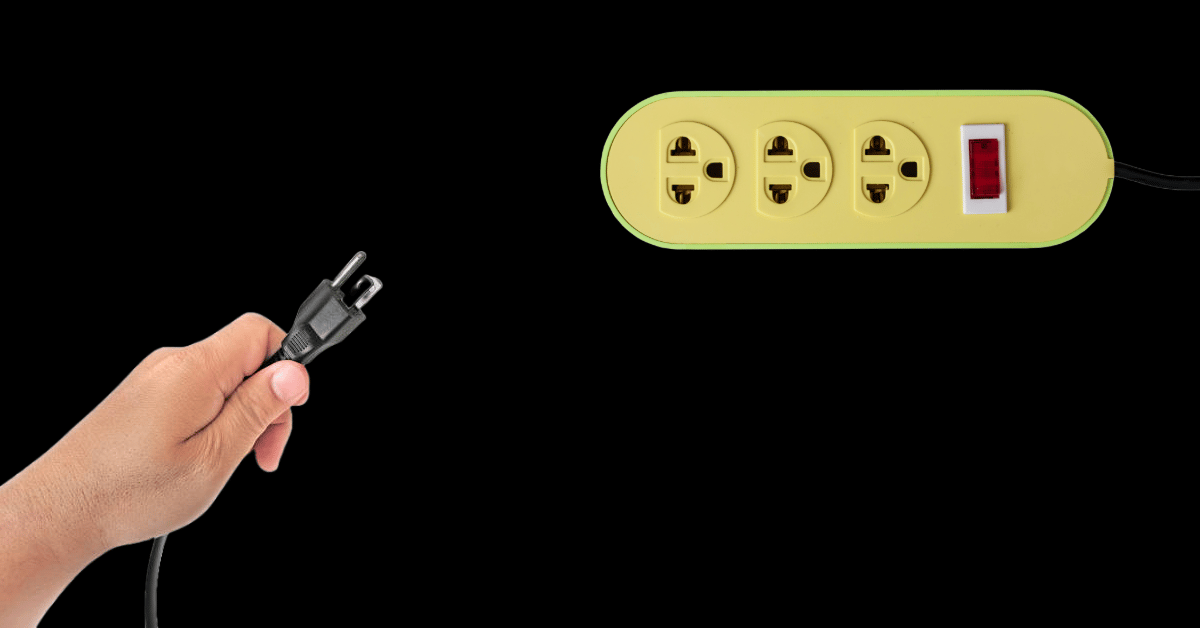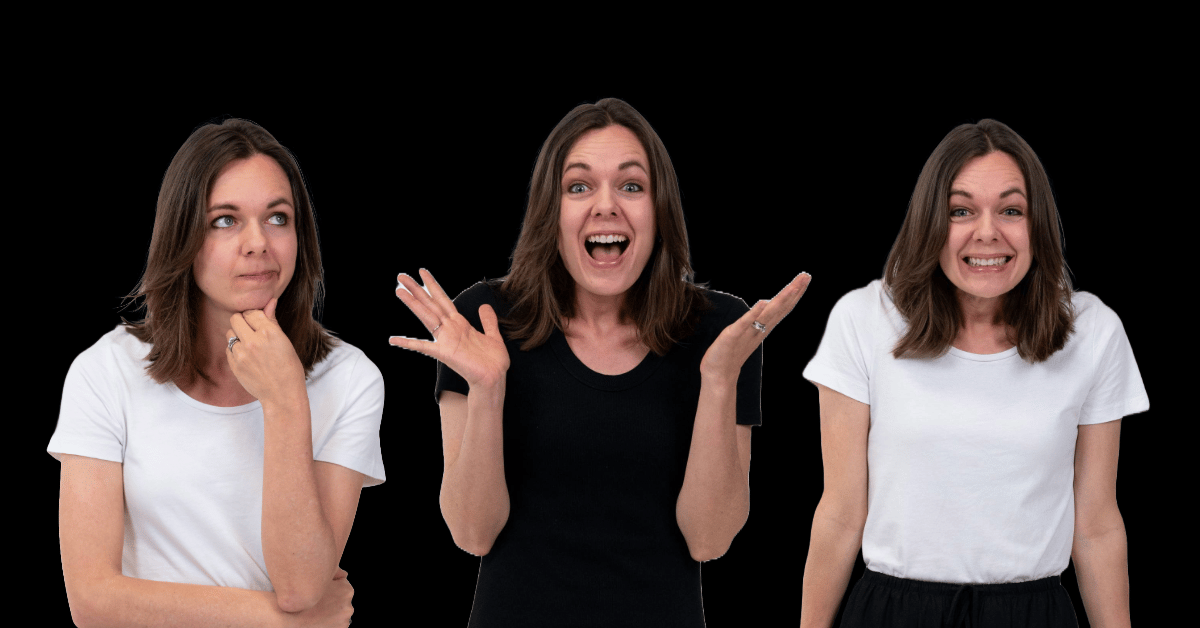
“Hey love, just checking in to see how you’re feeling about your new reusable ziploc bags.”
Ok, is it just me or are brands trying to not only sell me sh*t, but also help me unpack my childhood trauma? Don’t get me wrong—love that they’re trying to connect with me, but sometimes I just want a discount code without a brand telling me to “honour my healing journey”. So, how do we survive this era of emotional connection with our customers without sounding like their therapist?
- Charlotte Ellis, Editor ♡
WHAT’S HAPPENING IN MARKETING TODAY?
Not your average “online” event 👀
Join us for this immersive event designed for anyone who wants to understand how AI is reshaping the future.
TechTALK is a 2-day virtual summit hosted entirely in the metaverse. Think SIMS meets TED talks, but way more interactive and way less buzzword-y.
Over 2 days, you’ll get:
✔️50+ talks on the latest in tech innovation
✔️Real-time access to exclusive keynotes from global leaders
✔️Hands-on workshops to help you apply what you’ve learnt
Plus, you’ll hear from 2 of our own:
👉 Stanley Henry is speaking about how AI is transforming creative industries
👉 Jony Lee is speaking about how to use AI to supercharge your content creation
And yep, marketers, this is for you. Because if you touch audience behaviour, brand strategy, or anything digital? What’s happening in tech is definitely your business.
15-16 July | All online | $99 USD
WHAT’S HAPPENING IN MARKETING TODAY?
48% of creatives are neurodivergent, Bose asks the tough questions & Influencer industry to reach $13B

Almost half of creatives are neurodivergent (shocker).
I could have told you this for free, falling under both categories myself lol. According to a study carried out by Understood, Havas, and the American Association of Advertising Agencies, nearly one in two people in the creative industry identify as neurodivergent. "Creatives" includes people working in advertising, marketing, public relations and media.
While this potentially gives us a creative advantage, it also causes at least 25% to feel unsatisfied in their role due to bias or discrimination. In fact, 50% of respondents said that stigma keeps them from talking about their neurodivergence at work. The report discusses the $2 trillion in global spending power that neurodivergent consumers have. It also points out that, until we make the industry more inclusive, we’re missing out on tapping into that market. Read more about it here.
Bose pauses US paid search ads to test if they were actually leading to sales.
Bose has paused paid search in half of its U.S. markets. Not because they’ve given up on Google, but because they’re running a proper test to see what actually drives results. Finally, someone said it: Just because it converts doesn’t mean it caused the conversion.
In other words, Bose is asking what more marketers should be brave enough to: What happens if we stop spending here? They’re not guessing. They’re building an AI model grounded in incrementality to figure out where their dollars actually matter. Yes, it may be riskier than coasting on last-click data and a good-looking dashboard. But it’s also how you stop burning 30% of your budget on channels that were never pulling their weight. Take notes, brands. This could be the future of media strategy—thoughtful test-driven, and powered by insight, not inertia.
Influencer marketing will be a $13B industry by 2027.
That’s up from $10.5 billion this year, according to an EMARKETER forecast. Flippin crazy numbers. EMARKETER suggests using this chart to justify bigger budgets for influencer partnerships and tools.
-Sophie Randell, Writer
DEEP DIVE
Brands are not your therapist (so why are they trying to be?)

Why does every ad sound like your emotionally available ex? And what does that say about us?
There’s something uncanny I’ve noticed happening in marketing right now. Brands don’t just want to sell you something. They want to heal you. Support you. Validate your inner child. Hold space for your complex identity while offering 10% off your first order.
Have we entered an age of therapy marketing? Because why does this campaign for socks read like a journaling prompt? And why is every push notification made to feel like a hug?
Don’t get me wrong. I’m glad we’ve moved past loud, salesy and deeply unserious “Buy this, 2 for 1!” ads.
Then came the rise of empathy marketing. A corrective wave aimed at making brands less shouty obnoxious annoying more human. Great! We love to see progress. But now, we’re somewhere else entirely.
We’ve got oat milk brands talking about emotional resilience. Fast fashion companies posting about body neutrality. Banking apps asking how you’re really feeling today. It’s kind of giving “we broke up but we’re doing couples therapy now.”
So, why did marketing get so emotionally available?
A few reasons:
The culture shifted. Audiences, especially Gen Z, value emotional fluency. They grew up online, surrounded by self-diagnosis, softness, and self-awareness. Brands responded in kind.
Identity = currency. What you buy is no longer just what you like. It’s who you are. And if you're building identity, you'd better be fluent in its emotional layers.
Trauma sells (unfortunately). We saw that “vulnerability drives engagement”... and brands ran with it. There’s a fine line between resonance and manipulation, and it’s often crossed in lowercase Helvetica.
The good, the bad, and the slightly cringe.
This shift isn’t all bad.
✅ It’s good that campaigns acknowledge real life challenges.
✅ It’s good that storytelling has moved beyond benefits into meaning.
✅ It’s good that brands want to be more thoughtful, inclusive, and values-driven.
But…
❌ It’s weird when soda ads start talking about your abandonment issues.
❌ It’s uncomfortable when brands use “healing” as a hook to sell skincare.
❌ It’s exhausting when everything becomes personal (can’t I just buy toothpaste?).
So, how do we show empathy without overstepping?
Here’s the trick: be emotionally intelligent, not emotionally invasive.
Know when to speak, and when to hold space. Not every brand needs to have a take on mental health. Sometimes the best thing you can do is offer clarity, ease, or even joy.
Stop mimicking therapy-speak if you can’t back it up. If your brand isn’t built around emotional wellness, don’t pretend to be. It reads hollow asf, and audiences can tell.
Make the audience the centre of the story. Empathy doesn’t mean talking about yourself in a softer tone. It means understanding what people need and building from there.
Be consistent. If you’re going to talk about care, inclusion, or identity, live it across your whole org. Don’t make your copy sound like Brené Brown while your user experience screams burnout.
Don’t be a therapist. Be a mirror.
One, you’re not qualified and two, it’s not your job to fix anyone. This is a branded content email, not a breakthrough session. However, you can reflect something real. You can hold up a mirror to people’s values, experiences, and aspirations and say:
“We see you. We get it. And this thing we made might actually help.” That’s not therapy. That’s just good marketing. Plain and simple, baby.
-Sophie Randell, Writer
TREND PLUG
“It's not clocking to you that I’m standing on business?”

Oh biebs…
Today’s sound comes from a video where Bieber is walking into a hotel, visibly irritated by the paparazzi, and says:
It instantly became meme-worthy because… what does that even mean? So the internet has latched onto the bizarreness of the phrase, turning it into a full-blown statement of delusional confidence. People are now using it to show moments when they’re dead serious, but no one else seems to get it, so they double down and remind the world: I’m standing on business.
How you can jump on this trend:
Use the original sound and lip-sync to it over a situation where you’re misunderstood but not backing down.
OR
Use the green screen CapCut template and add your text above Bieber walking in like a menace.
Bonus points if your example is petty, niche, or just flat-out ridiculous.
A few ideas to get you started:
When I tell the team the campaign flopped and they say “don’t stress about it.”
Me trying to explain to the intern that if I care about the caption, then WE all care about the caption.
When I try to explain that I can tell a video won’t perform just from the first three seconds.
- abdel khalil, brand & marketing executive
FOR THE GROUP CHAT
😂Yap’s funniest home videos: Lightning strike causes CHAOS
✨Daily inspo: Ted Lasso’s Advice
😊Soooo satisfying: Glass Breakfast Cutting ASMR
🍝What you should make for dinner tonight: when in doubt, mexican bowls
TODAY ON THE YAP PODCAST
Want even more “YAP”ing? Check out the full podcast here.
ASK THE EDITOR

How do I create content for brands in a highly regulated or boring industry? -Aman
Hey Aman!
The key is to shift your thinking from product-based content to brand-based storytelling. Sure, there's a place for educational content in many "boring" industries. But you absolutely don't need to create content about the actual thing you do. Instead, your content strategy should be anchored in your brand values and what your target audience cares about.
For example, let's say you sell accounting software. Instead of creating content about your product (yawn), you could do skits about what it's like to work in an office. Your target audience will definitely be able to relate to this content. And suddenly, you're the cool brand that posts funny videos your audience loves. This will build your audience and brand without being boring (or bringing compliance issues into play).
- Charlotte Ellis, Editor ♡

